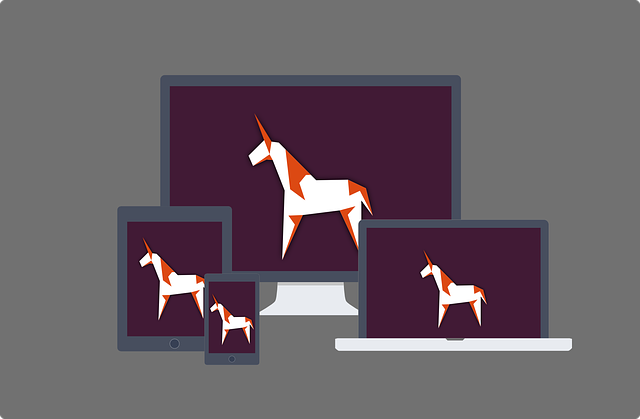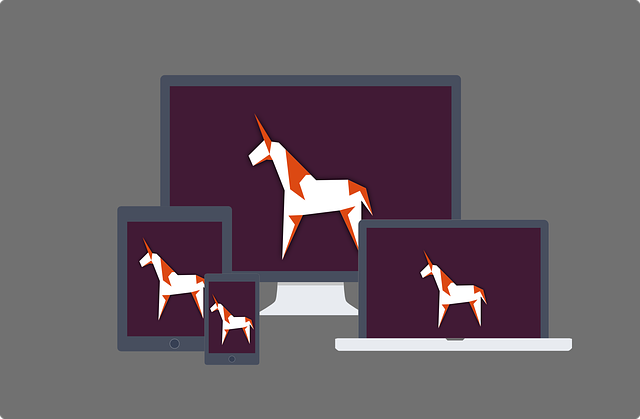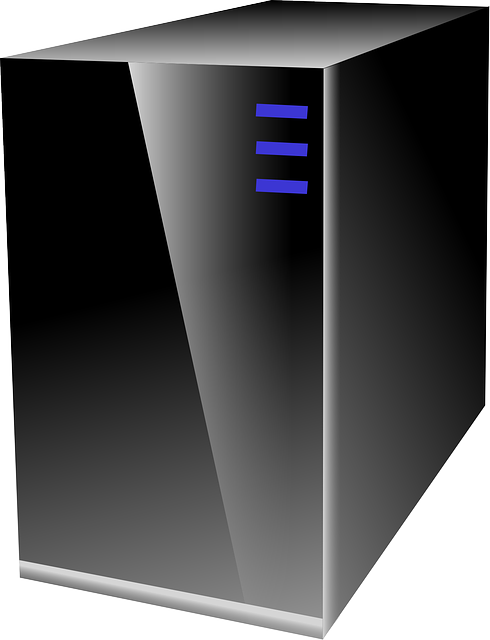KM Linux is a powerful and versatile operating system that offers a range of features and benefits for users. Created with the aim of providing a comprehensive and efficient solution for managing knowledge and information, KM Linux has quickly become a popular choice for businesses and organizations looking to streamline their workflow. In this article, we will explore the key features and benefits of KM Linux, as well as provide a step-by-step guide on how to implement it in your workflow. Whether you are looking to enhance collaboration, improve productivity, or simply better organize your information, KM Linux could be the solution you have been searching for.
- 1. Introduction to KM Linux
- 2. Key Features and Benefits of KM Linux
- 3. How to Implement KM Linux in Your Workflow
1. Introduction to KM Linux

KM Linux, also known as Knowledge Management Linux, is a specialized operating system designed for knowledge management professionals and organizations. It is specifically tailored to help users capture, store, manage, and share knowledge within their organization effectively.
KM Linux is equipped with a range of powerful tools and features that facilitate knowledge creation, organization, and dissemination. These include advanced search capabilities, document management systems, collaboration tools, and workflow automation tools.
By using KM Linux, organizations can streamline their knowledge management processes, improve information retrieval, promote collaboration among team members, and ultimately enhance decision-making processes. Overall, KM Linux is a valuable tool for organizations looking to maximize the efficiency and effectiveness of their knowledge management efforts.
2. Key Features and Benefits of KM Linux

KM Linux offers users a range of key features and benefits that set it apart from other operating systems. One key feature of KM Linux is its open-source nature, which allows users to access and modify the source code as needed. This flexibility enables users to customize the operating system to their specific needs and preferences.
Additionally, KM Linux boasts a high level of security, with regular updates and patches to protect against vulnerabilities and threats. This focus on security ensures that users can trust their data and information to be safe while using the operating system.
Another key benefit of KM Linux is its stability and reliability. The operating system is known for its robust performance and ability to handle a wide range of tasks without experiencing crashes or slowdowns. This makes it an ideal choice for both personal and professional use, where reliability is crucial.
Overall, KM Linux offers users a versatile and secure operating system that can be tailored to meet their individual needs. Its open-source nature, strong security measures, and stability make it a popular choice for those looking for a reliable and customizable operating system.
3. How to Implement KM Linux in Your Workflow

Implementing KM Linux in your workflow can bring numerous benefits to your organization. Here are some steps to consider when integrating KM Linux into your workflow:
1. Identify the needs of your organization: Before implementing KM Linux, it is important to understand the specific needs and requirements of your organization. Consider factors such as the size of your team, the types of tasks they perform, and any existing tools or systems in place.
2. Choose the right distribution: There are many different distributions of Linux available, each with its own set of features and capabilities. Research the various options and choose the distribution that best aligns with the needs of your organization.
3. Set up a testing environment: Before fully integrating KM Linux into your workflow, it is recommended to set up a testing environment to evaluate its performance and compatibility with your existing systems. This will allow you to identify any potential issues and make any necessary adjustments before deployment.
4. Train your team: Implementing KM Linux may require your team to learn new skills and workflows. Provide training and support to ensure that your team is comfortable with using the new system and can maximize its capabilities.
5. Monitor and evaluate performance: Once KM Linux has been implemented, continuously monitor its performance and gather feedback from your team. This will allow you to identify any areas for improvement and ensure that the system is meeting the needs of your organization effectively.























+ There are no comments
Add yours